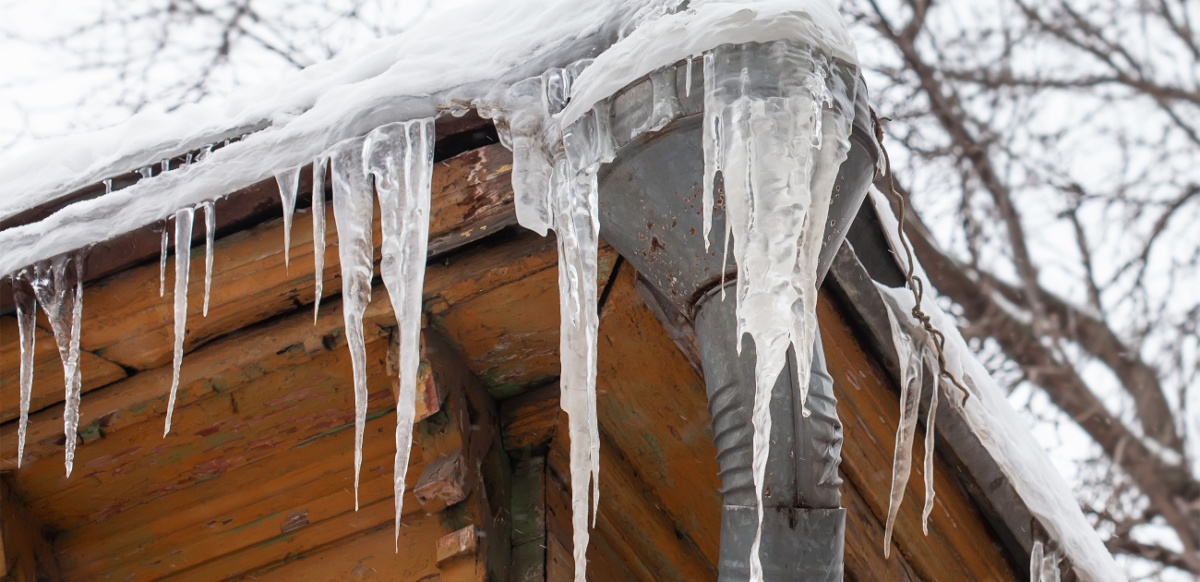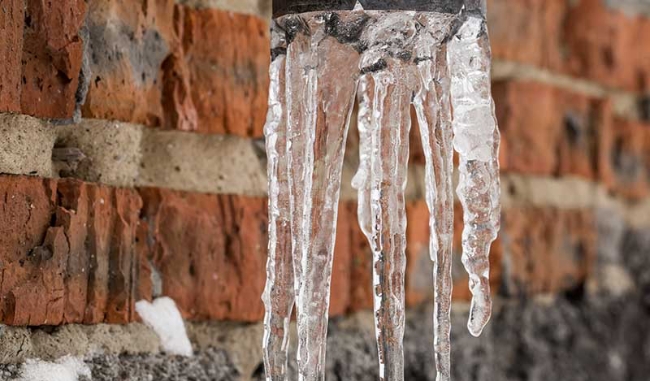On this page below you'll find additional professional ideas in regards to How to Prevent Your Pipes From Freezing.

Cold weather can damage your plumbing, especially by freezing pipelines. Below's just how to prevent it from happening and what to do if it does.
Intro
As temperatures decline, the danger of frozen pipes boosts, potentially leading to pricey fixings and water damage. Comprehending exactly how to prevent icy pipelines is essential for house owners in cool environments.
Recognizing Icy Pipelines
What creates pipelines to ice up?
Pipelines freeze when subjected to temperatures below 32 ° F (0 ° C) for expanded durations. As water inside the pipes freezes, it expands, putting pressure on the pipeline wall surfaces and potentially creating them to rupture.
Risks and problems
Frozen pipelines can bring about water disturbances, building damages, and expensive fixings. Burst pipelines can flood homes and create comprehensive architectural damages.
Signs of Frozen Piping
Identifying frozen pipes early can stop them from breaking.
How to recognize frozen pipelines
Seek decreased water flow from taps, unusual smells or sounds from pipes, and visible frost on exposed pipes.
Prevention Tips
Shielding at risk pipelines
Cover pipelines in insulation sleeves or use warm tape to secure them from freezing temperature levels. Concentrate on pipes in unheated or exterior locations of the home.
Home heating methods
Keep interior spaces effectively warmed, particularly areas with pipes. Open closet doors to enable warm air to circulate around pipelines under sinks.
Securing Outdoor Pipes
Garden tubes and outside faucets
Detach and drain yard hoses before winter. Mount frost-proof spigots or cover outside taps with insulated caps.
What to Do If Your Pipes Freeze
Immediate actions to take
If you presume icy pipelines, maintain taps open up to alleviate pressure as the ice melts. Use a hairdryer or towels taken in warm water to thaw pipes slowly.
Long-Term Solutions
Architectural changes
Take into consideration rerouting pipes far from exterior wall surfaces or unheated areas. Include extra insulation to attics, basements, and crawl spaces.
Upgrading insulation
Buy premium insulation for pipes, attics, and walls. Appropriate insulation helps keep constant temperatures and lowers the risk of icy pipes.
Final thought
Avoiding icy pipes needs aggressive steps and quick feedbacks. By understanding the reasons, indicators, and preventive measures, home owners can protect their pipes throughout cold weather.
5 Ways to Prevent Frozen Pipes
Drain Outdoor Faucets and Disconnect Hoses
First, close the shut-off valve that controls the flow of water in the pipe to your outdoor faucet. Then, head outside to disconnect and drain your hose and open the outdoor faucet to allow the water to completely drain out of the line. Turn off the faucet when done. Finally, head back to the shut-off valve and drain the remaining water inside the pipe into a bucket or container. Additionally, if you have a home irrigation system, you should consider hiring an expert to clear the system of water each year.
Insulate Pipes
One of the best and most cost-effective methods for preventing frozen water pipes is to wrap your pipes with insulation. This is especially important for areas in your home that aren’t exposed to heat, such as an attic. We suggest using foam sleeves, which can typically be found at your local hardware store.
Keep Heat Running at 65
Your pipes are located inside your walls, and the temperature there is much colder than the rest of the house. To prevent your pipes from freezing, The Insurance Information Institute suggests that you keep your home heated to at least 65 degrees, even when traveling. You may want to invest in smart devices that can keep an eye on the temperature in your home while you’re away.
Leave Water Dripping
Moving water — even a small trickle — can prevent ice from forming inside your pipes. When freezing temps are imminent, start a drip of water from all faucets that serve exposed pipes. Leaving a few faucets running will also help relieve pressure inside the pipes and help prevent a rupture if the water inside freezes.
Open Cupboard Doors
Warm your kitchen and bathroom pipes by opening cupboards and vanities. You should also leave your interior doors ajar to help warm air circulate evenly throughout your home.

Do you really like reading about How to prepare your home plumbing for winter weather? Try leaving a remark down below. We would be delighted to see your feelings about this write up. In hopes that you come back again before long. Are you aware of somebody else who is excited about the topic? Be sure promote it. We take joy in your readership.
Call Today